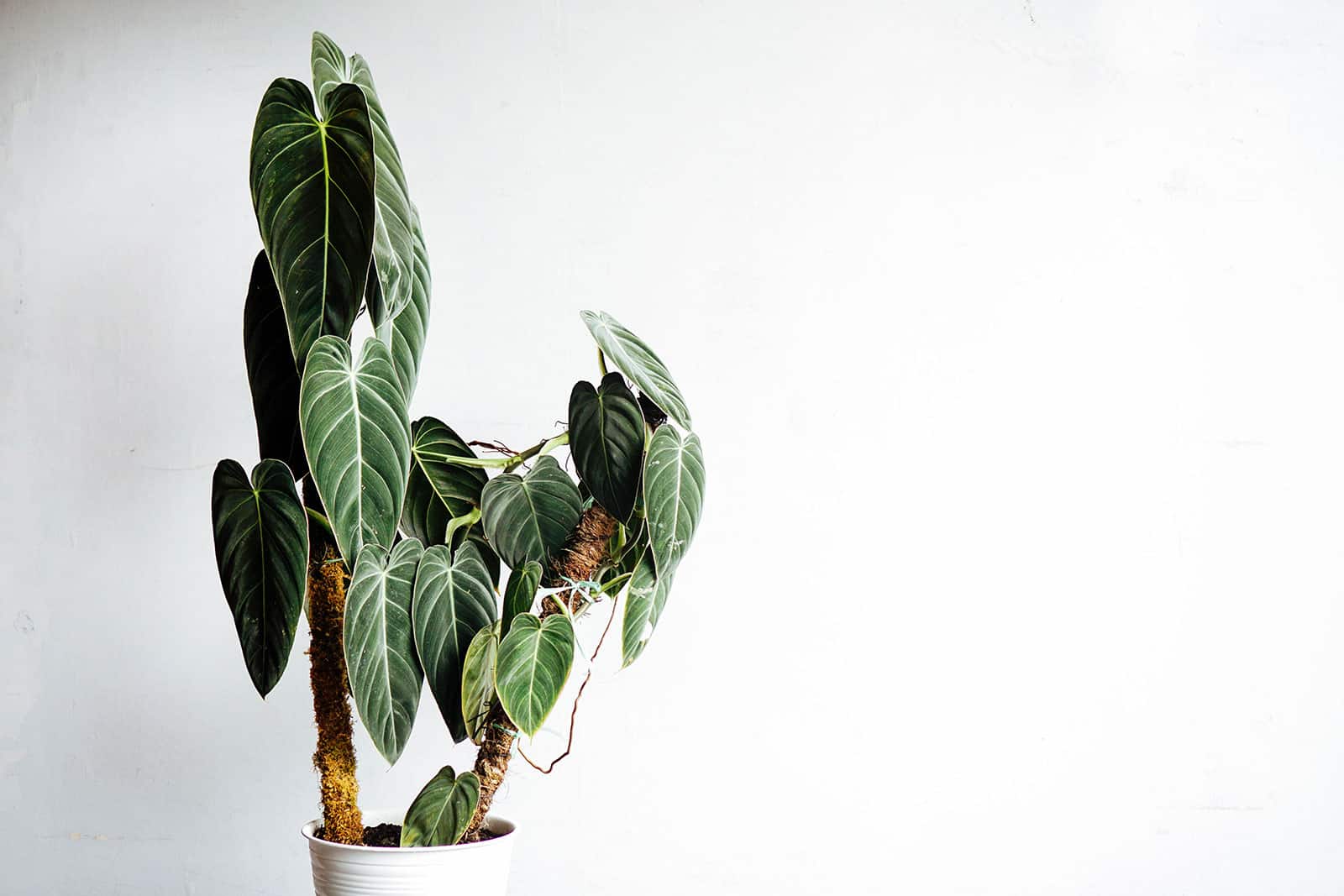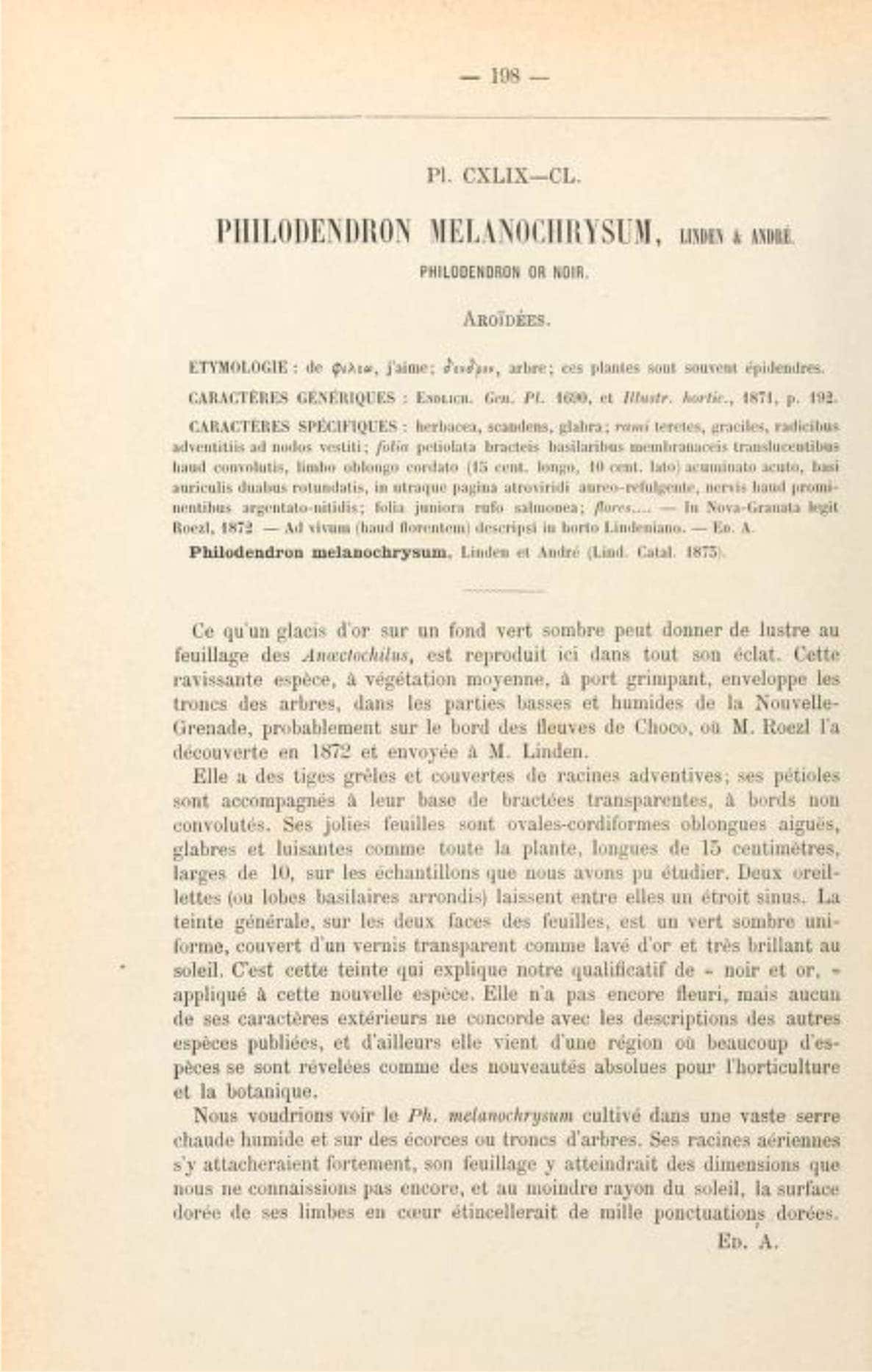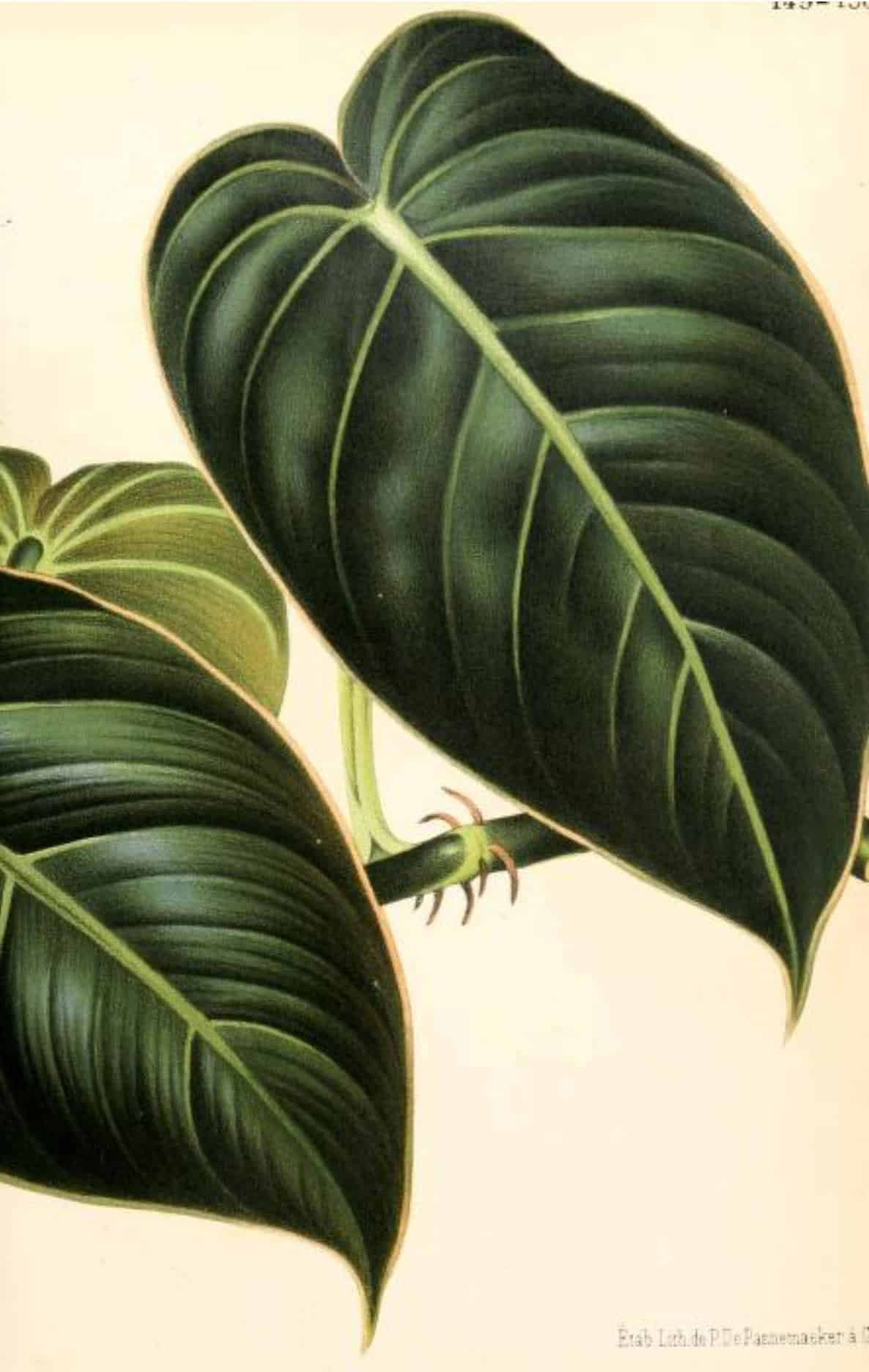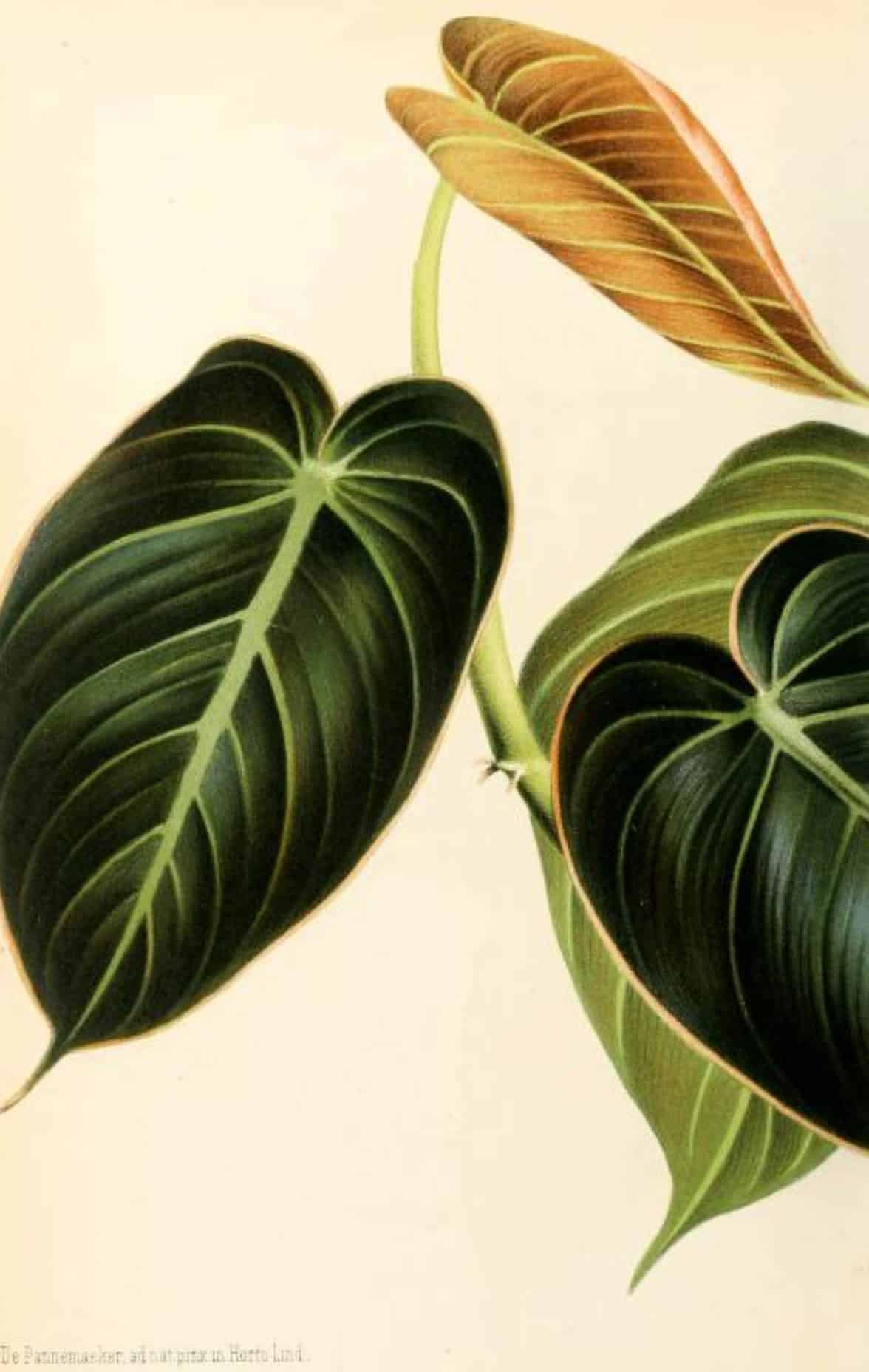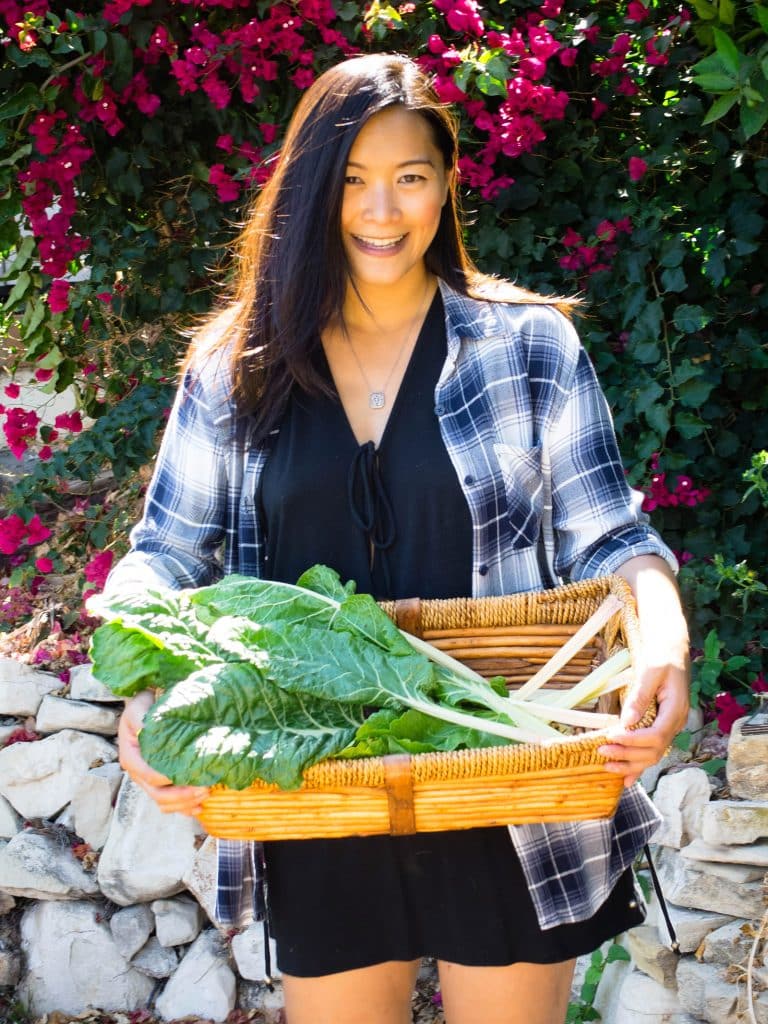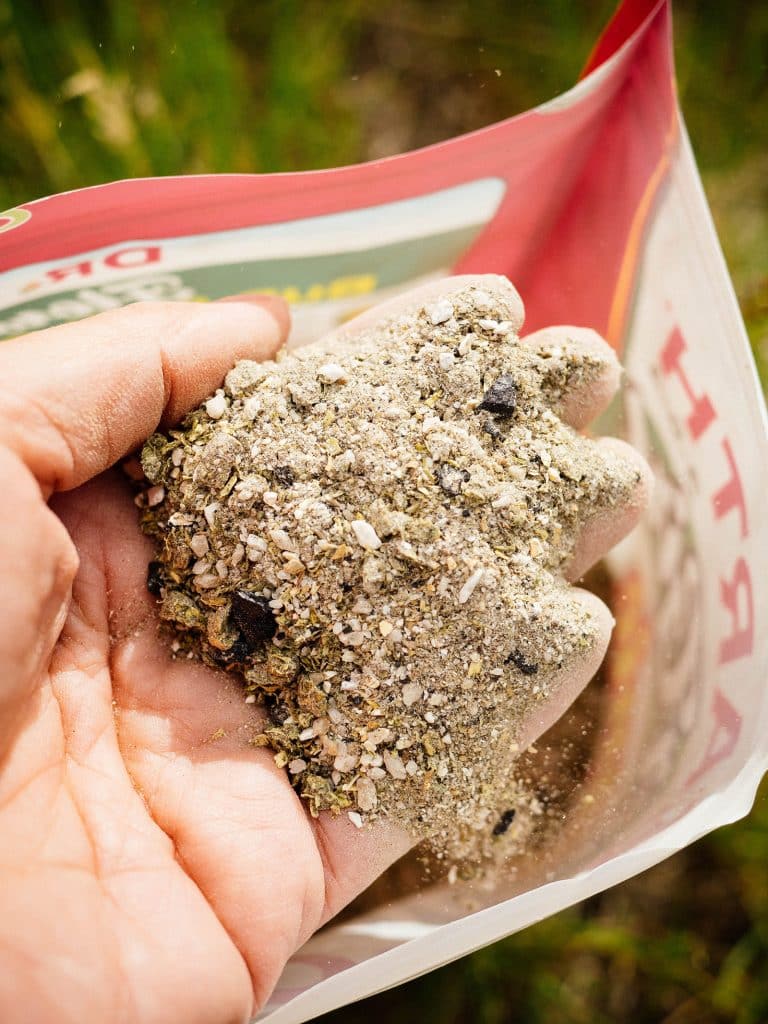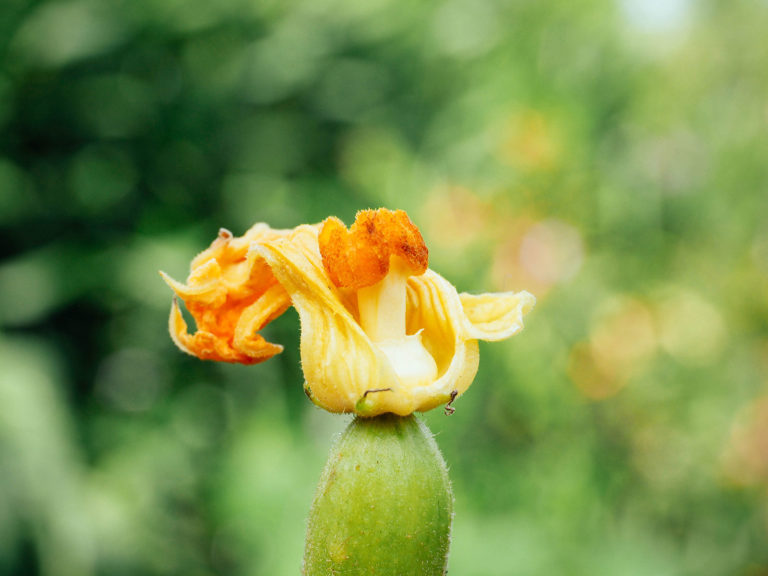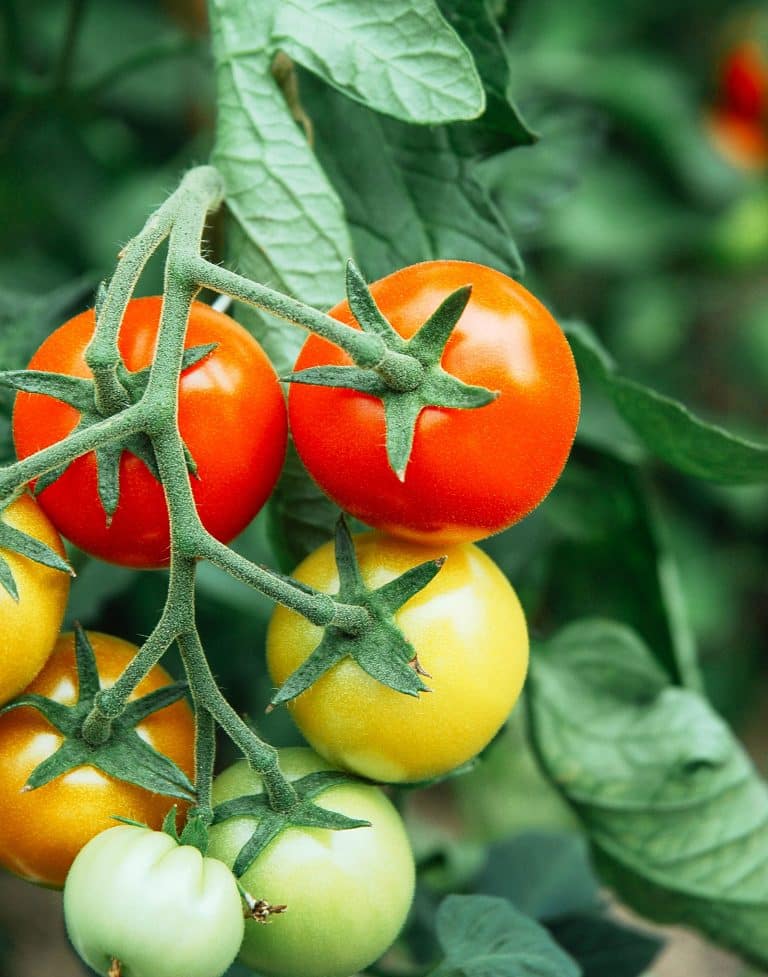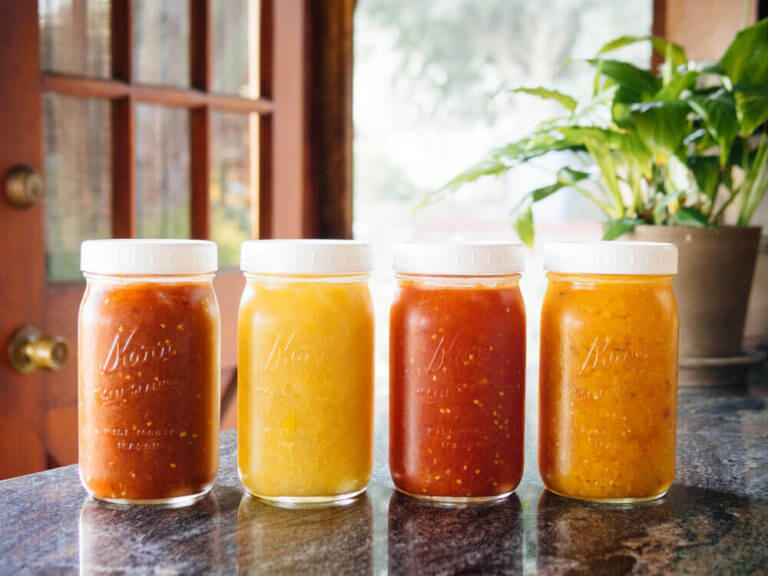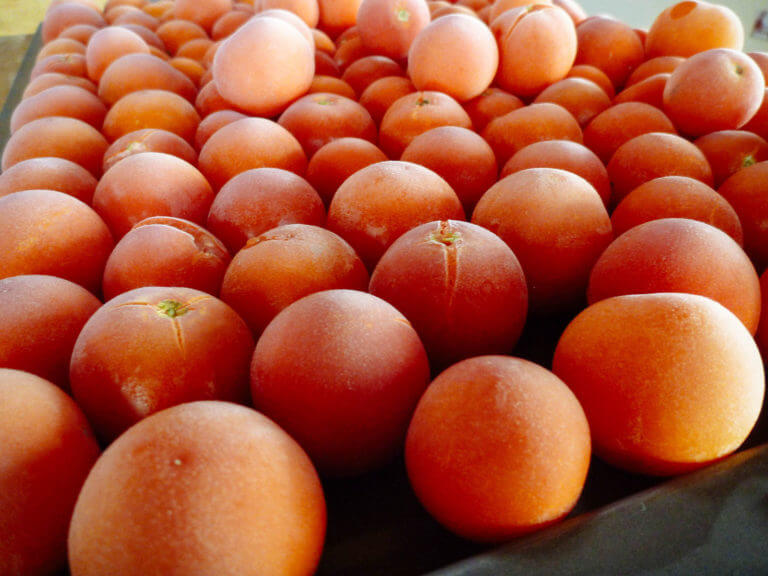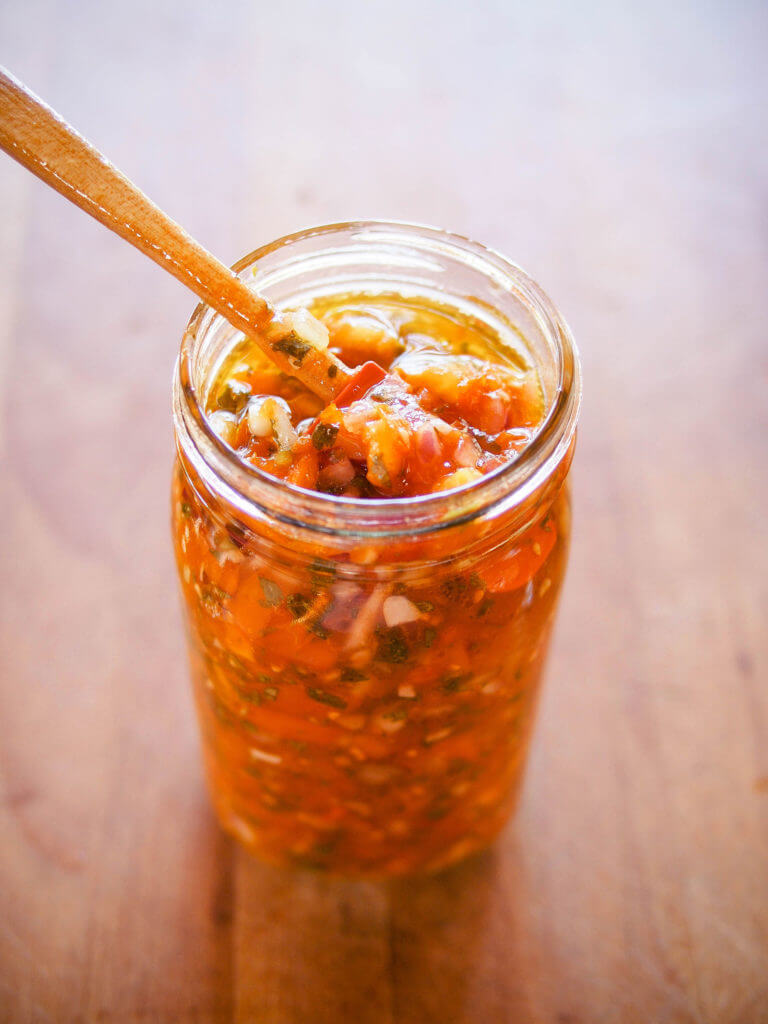Looking to get into the world of rare houseplants, but don’t want to end up killing your expensive greenery? No worries! Although some of the more unusual species can be quite finicky to care for, there are exceptions.
One of them is Philodendron melanochrysum, also known as the Black Gold Philodendron. While it has the dramatic good looks of a tropical plant, it lacks the dramatic disposition and is considered fairly easy to care for. A great choice for houseplant experts and relative beginners alike!
Here’s what you need to know about Philodendron melanochrysum and how to grow this South American tropical indoors.
| Common name(s) | Black Gold Philodendron |
| Scientific name | Philodendron melanochrysum |
| Family | Araceae |
| Height & spread | Up to 10 feet tall and 2 feet wide |
| Light | Bright indirect |
| Soil type | Aroid soil |
| Water | Keep lightly moist |
Disclosure: If you shop from my article or make a purchase through one of my links, I may receive commissions on some of the products I recommend.
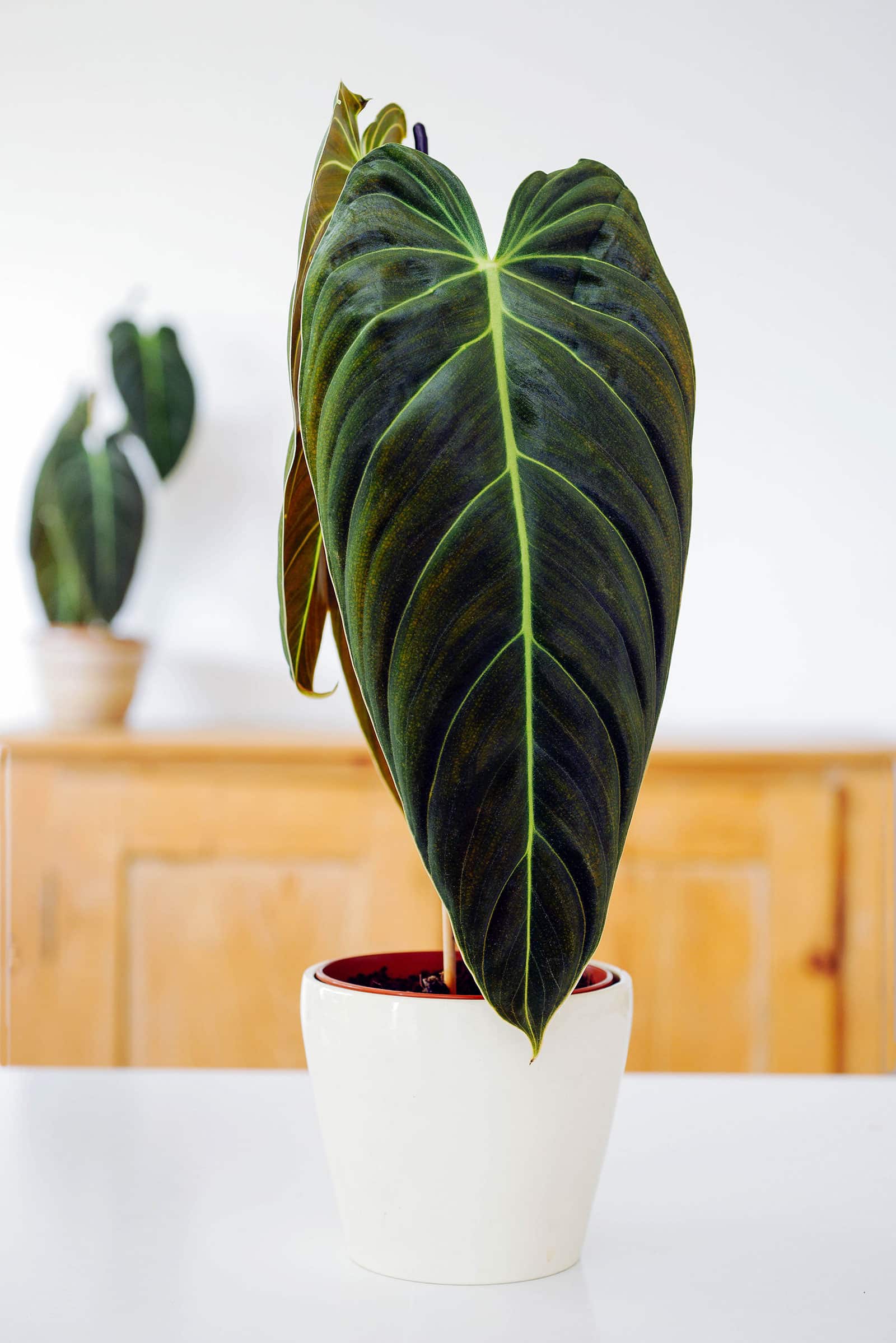
About Philodendron melanochrysum
Description
It’s not difficult to see why this Philodendron is coveted among collectors of rare Aroids and casual houseplant hobbyists alike: it’s quite the looker!
“Melanochrysum” means “black gold,” which refers to the very dark green color on the foliage of adult plants and the way their leaves seem to almost sparkle in the sun.
Young specimens of Philodendron melanochrysum already start out quite stunning, with heart-shaped leaves that have a distinctly soft and velvety texture and prominent leaf veins. New leaves emerge reddish or coppery in color and take a few weeks to turn fully green.
As the plant matures, it climbs upward in typical Philodendron fashion and becomes downright spectacular, gradually producing larger and narrower foliage. The leaves on an adult plant can grow up to 2 feet long!
Did you know? Philodendron melanochrysum was first scientifically described by botanists Édouard André and Jean Jules Linden (both well-known names among Aroid collectors) in 1873. The description is in French and mentions a specimen was sent to Linden in 1872. It describes the plant’s “pretty foliage,” “black and gold” coloration, and “thousands of golden glimmers” when the light hits the leaves just right.
Where to buy Philodendron melanochrysum plants:
Philodendron melanochrysum vs. micans
An immature Philodendron melanochrysum can look deceptively like one of its cousins in the same genus, the more popular P. hederaceum var. hederaceum (generally sold as Philodendron micans or velvet leaf Philodendron). Both feature the same velvety, heart-shaped foliage, which emerges reddish in color and gradually darkens as it matures.
In order to tell a juvenile Philodendron melanochrysum apart from a P. micans, have a look at the leaf veins. The former tends to have brighter and more noticeable veins in a silvery-green color, while the veins on P. micans are usually a more neutral green.
Once the plants mature a little, it becomes easier to tell the difference. Philodendron melanochrysum has thick, sturdy stems, while P. micans leaves will hang down without support as a result of its thin stems. This makes it a popular choice for hanging planters.
Other Philodendrons that can look very similar to the Black Gold Philodendron include P. gigas (which has somewhat narrower leaves) and P. ‘Splendid’, which is actually a cross between Philodendron melanochrysum itself and P. verrucosum. Its leaves are significantly more heart-shaped than that of its parent plant, which should help in telling the two apart.
(You can find a list of some of the most popular Philodendron varieties in my personal guide.)
The curious case of the pink Philodendron
If you’ve been collecting houseplants for a while, you’ll know that pink plants are all the rage. (Stromanthe Triostar, anyone?)
Folks rather lost their minds when Philodendron erubescens “Pink Princess” unexpectedly soared in popularity, so plant sellers quickly jumped on the trend.
Various pink Philodendrons were suddenly offered for sale, including (and most notoriously) a “Pink Congo.” Pink Philodendron melanochrysum specimens also popped up, some selling for hundreds of dollars. Unlike the variegated Pink Princess, their foliage was often fully pink, making for a pretty striking and unique look.
The problem? They weren’t real.
The pink color on these plants is the result of chemical alteration, which will fade within a year and leave you with a regular green plant.
Consider yourself forewarned: If you’re offered a pink Philodendron melanochrysum, don’t shell out the big bucks unless you’re okay with it reverting.
Did you know? A select few online sources offer a variegated variety of Philodendron melanochrysum. These appear to be legit, but they’re definitely not cheap!
Natural habitat
Like so many of our favorite tropical houseplants, Philodendron melanochrysum is naturally found in South America. Specifically, it grows in the Andean foothills of Colombia, in the departments of Antioquia and Chocó at elevations up to 2,600 feet.
This habitat is characterized by its forests and wet, tropical climate.
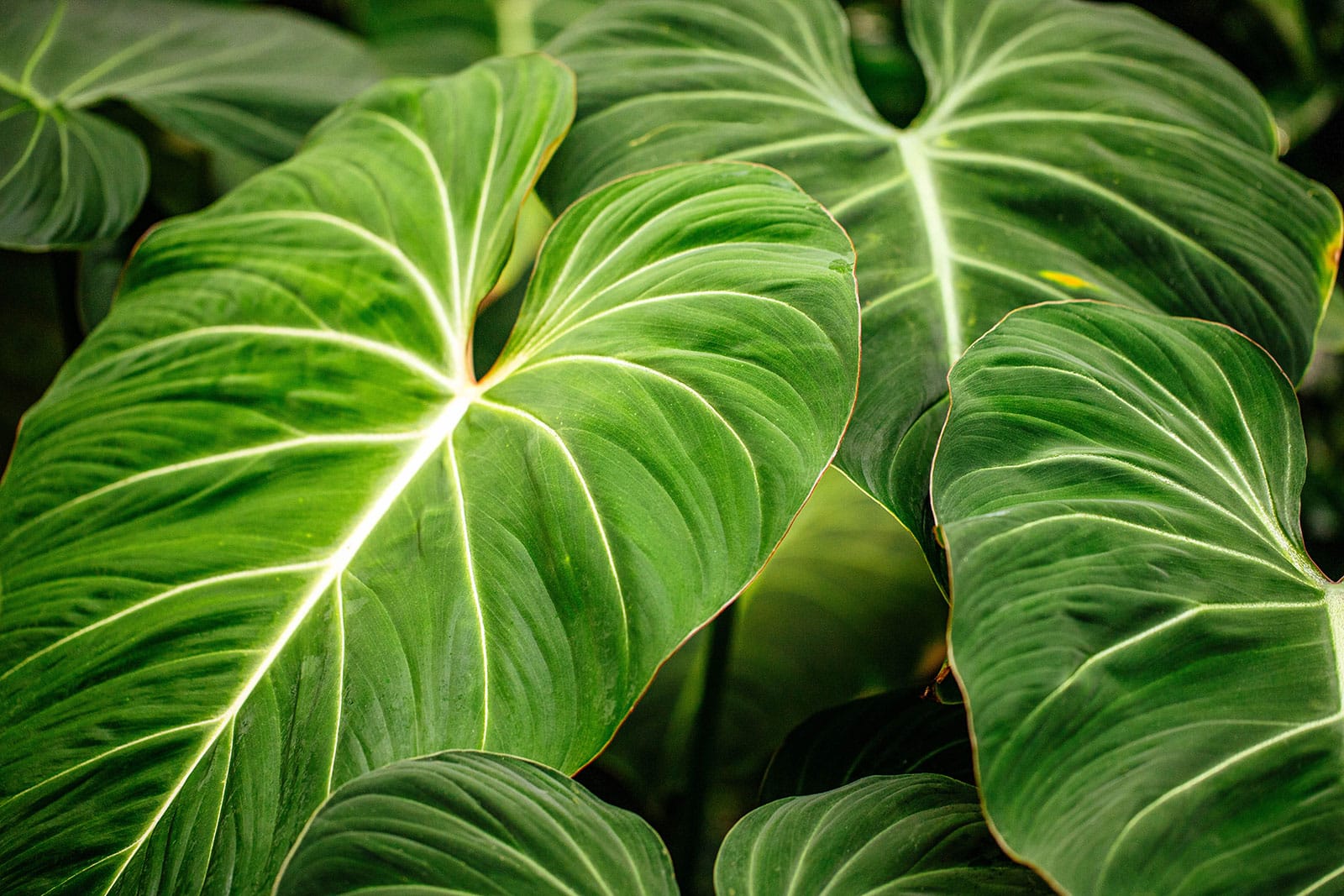
Caring for Philodendron melanochrysum
As mentioned in the introduction, as far as rare Aroids go, Philodendron melanochrysum isn’t considered too challenging to grow. I wouldn’t recommend it as a first houseplant, but if you’ve got some prior experience with similar tropicals, you should be fine.
The key to success with Philodendrons and other rainforest plant is to always keep their natural habitat and growth pattern in mind. You don’t have to turn your home into a hot, muggy jungle to grow them, but keeping an eye on factors like humidity does help!
Below, let’s have a look at a few good pointers that should help you get your Philo to thrive.
Light and temperature
In the wild, a Philodendron melanochrysum would receive indirect light only. Since it forms part of the rainforest understory, climbing taller trees but never quite reaching past the canopy into the sun, it’s not considered a bright-light plant. That doesn’t mean it likes to be kept in the dark either, though!
In the home, it’s still important to give your Philodendron a bright spot next to a window for the best results. Just be sure not to expose it to direct sun without proper acclimation, even indoors. Outdoors, you should definitely give your plant some shade to prevent it from burning.
In terms of temperature, this is decidedly a tropical. It needs to be kept in a non-drafty space that’s room temperature or up, and will stop growing below around 60°F. It’s not frost hardy by any means. Keep yours nice and toasty if you want to see it grow well.
Soil and planting
One of the most important factors when it comes to keeping your houseplants alive is to plant them in the right soil.
This is no different for a Philodendron melanochrysum. It requires good drainage and an airy medium, and is unlikely to do well in straight-up potting soil.
If you can find a pre-mixed aroid soil locally, that’s a great option for your Philos. They like a mixture that’s light and lets excess water escape with ease (thanks to gritty components like perlite and bark) but still retains some moisture (thanks to retentive components like sphagnum moss and coco fiber). It’s all about balance!
Those who own a bunch of houseplants may find it makes more sense to mix their own soil, as buying it pre-made does add up quickly. A mixture that would be suitable for a Black Gold Philodendron as well as other aroids and similar plants can consist of:
- 1 part high-quality houseplant potting soil
- 1 part perlite
- 1 part fine orchid bark
- 1 part sphagnum moss
In terms of planting, you can go for any kind of container that suits you, as long as it has a drainage hole in the bottom.
Young plants can usually support themselves, but as your Philodendron matures, it’ll really appreciate a moss pole or plant totem to climb. (This is true of most Philos, including Philodendron gloriosum, ‘Birkin’, and ‘Brandi’, if you’re an avid collector of different Philodendron types.)
Recommended products for Philodendron melanochrysum plant care:
- Good Earth Organics Premium Potting Soil
- Perfect Plants Organic Perlite
- Better-Gro Orchid Bark
- Better-Gro Orchid Moss
- Totem Monkey Extendable Coir Moss Poles
Water and humidity
Watering Philodendron melanochrysum, like finding the right soil mixture, is all about balance. These tropicals are used to regular rain showers, but their roots are not equipped to deal with standing water. They’re prone to rot if the soil stays wet for extended periods of time.
Luckily, if you followed the soil guidelines above, you’re already halfway there. A well-draining mixture allows you to be relatively heavy-handed while watering without the risk of drowning your plant. Just monitor the soil and water once the first inch or two has gone dry.
During the cold and dark winter months, when most houseplants aren’t actively growing, you can leave the medium to dry a little more—about halfway should work well.
With tropicals like these, it’s important to keep an eye on air humidity. A Colombian rainforest will tend to be at 90 to 100 percent humidity most of the time, so your Philodendron melanochrysum will struggle if the air in your home gets very dry.
You can use a simple humidity meter (like this one) to monitor humidity. If it regularly drops below 50 percent, it might be worth investing in a humidifier. Your Philodendrons, other tropical houseplants and your own sinuses will thank you!
Fertilizing
As far as Philodendrons go, this one is pretty average in terms of growth rate. If you give it enough light, it should produce several beautiful new leaves each year.
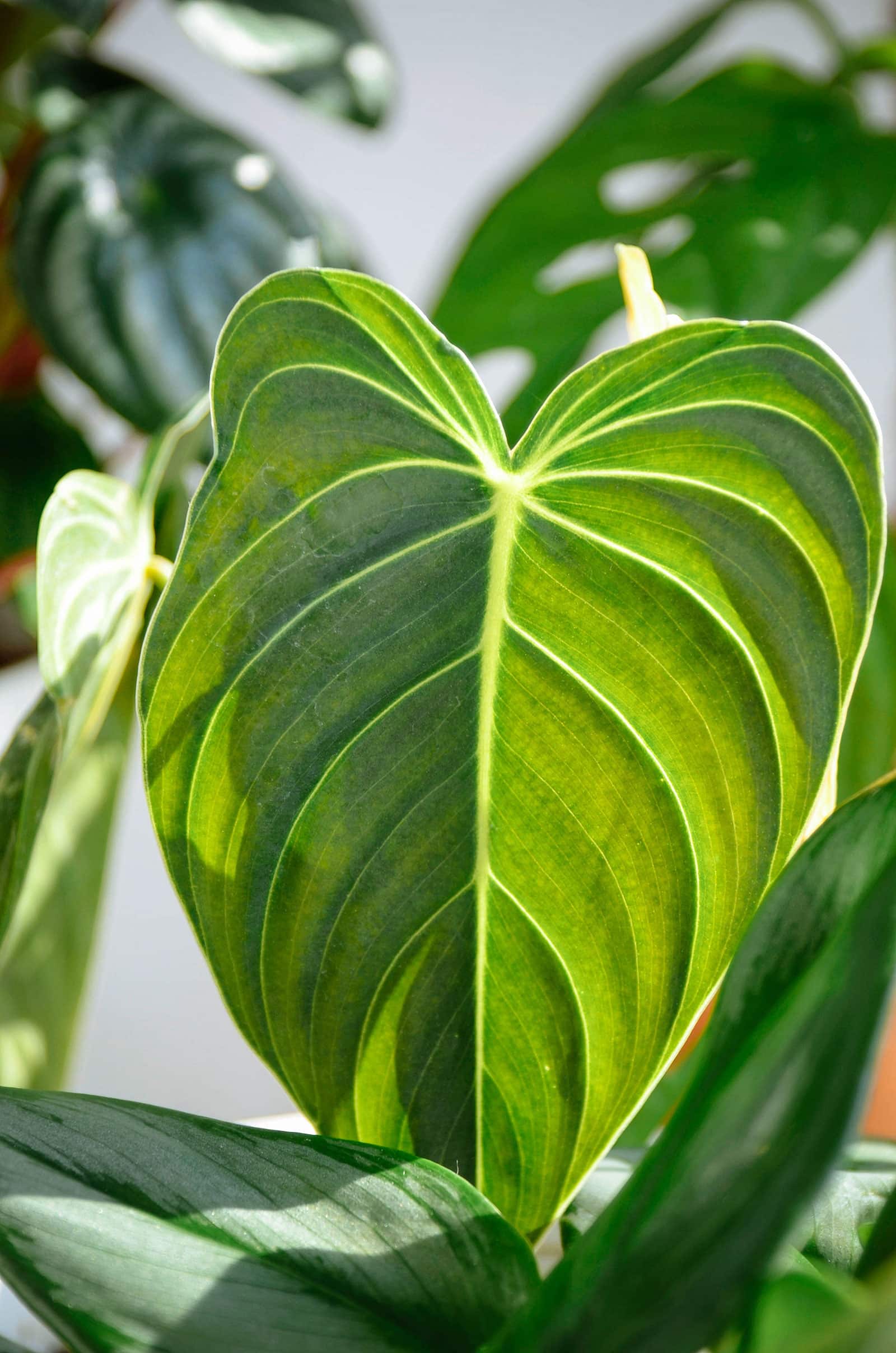
So although a Black Gold Philodendron is not a heavy feeder, it’ll still appreciate some fertilizer during the growing season. This especially applies if it’s been a while since you last repotted.
From spring to fall, you can apply a regular liquid houseplant fertilizer once or twice a month according to the instructions on the bottle.
Don’t use plant food during the dormant winter months or if your plant shows signs of trouble (like rotting stems or discolored leaves), as the excess nutrients can end up damaging the roots rather than stimulating your Philo’s growth.
Recommended fertilizers for Philodendron melanochrysum:
- Elm Dirt Plant Juice Organic Fertilizer
- Houseplant Resource Center Liquid Fertilizer for Houseplants
- Instant Biologics Instant Plant Food (Fizzing Nutrient Tablets)
Pruning
Ornamental houseplants like this one don’t tend to need much in the way of pruning. You can cut your plant anywhere you like if it becomes too large and use the clippings to produce a brand new Philodendron melanochrysum, though. Just have a look at the section on propagation below!
It’s also natural for plants to eventually shed their bottom leaves as they produce newer and larger ones at the top. These can be removed once they’ve gone crispy, when your Philo has reabsorbed all the nutrients.
Dividing or repotting
Since Philodendron melanochrysum isn’t the best candidate for division (it normally doesn’t produce suckers or offshoots), repotting is the way to go once yours outgrows its container. Signs it’s time to go up one pot size: the soil drying out very quickly, and roots growing out of the drainage hole.
Repotting is best done in spring. Give your Philo some fresh soil and water a little more sparingly for the next few weeks, as the process sometimes upsets the roots a bit.
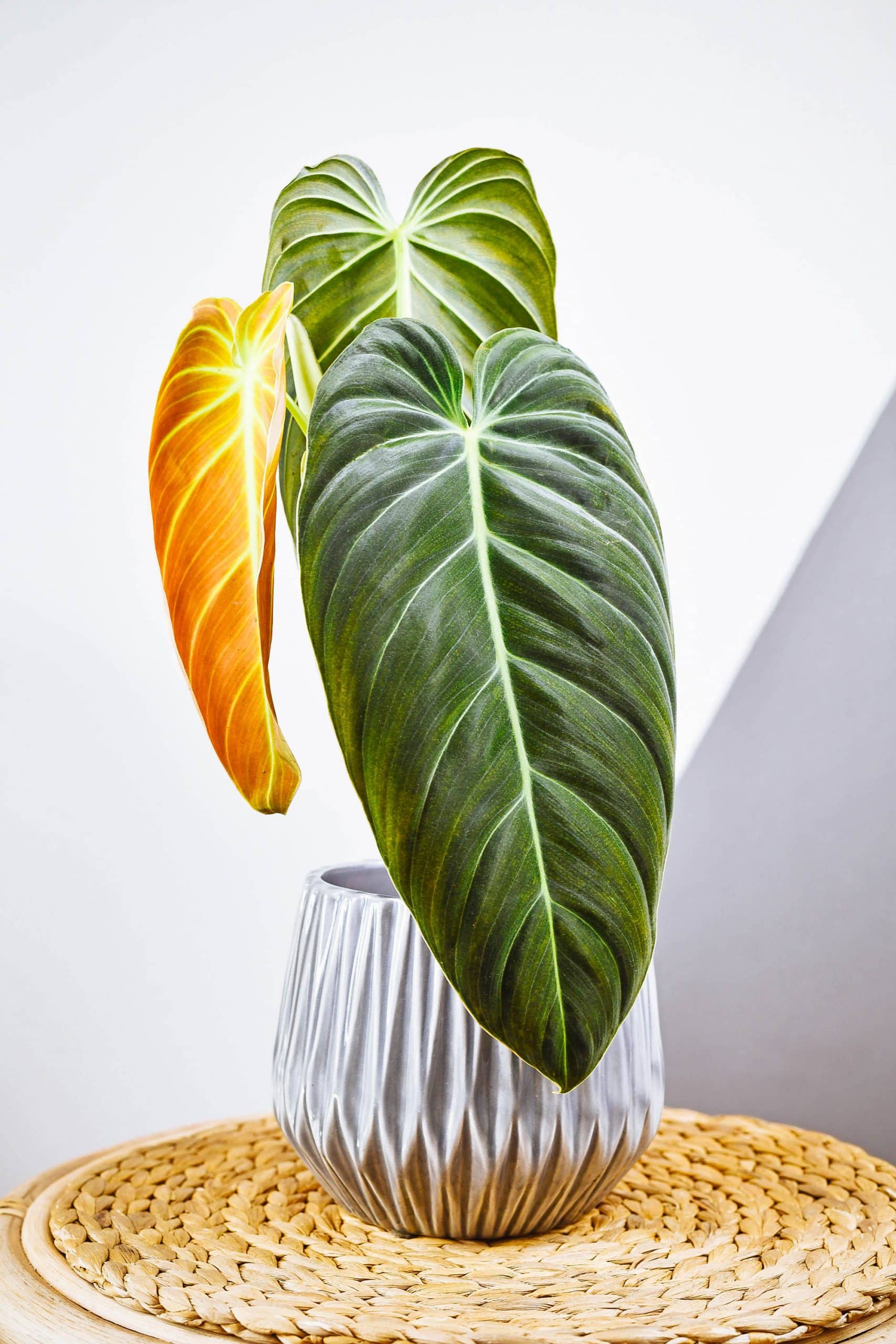
Propagating Philodendron melanochrysum
One great thing about vining houseplants like this one is that they’re a breeze to multiply. They can be a little expensive to buy, but once you’ve got one, you can have as many more as you like! All you need is a little patience.
In order to propagate your Philodendron melanochrysum, you can behead it and take as many cuttings as needed. Each cutting should be at least 4 inches long and have a few nodes (bumps on the stem that leaves and roots can grow from). Including a leaf or two is also a good idea.
You can then choose to root the cutting(s) in water or soil. The water method allows you to see the roots grow in real time, but the later switch to soil can sometimes upset delicate new plants.
Soil rooting means you won’t know whether the cutting has rooted until it starts producing new leaves, but it does offer more stability and allows you to use rooting powder to stimulate root production. Everyone has their own preferences, so try both!
There are even in-between methods, like rooting in LECA or sphagnum moss/perlite mixtures.
Once your brand new Philo has produced a leaf or two, you’ll know you’re in the clear and your propagation attempt has been a success.
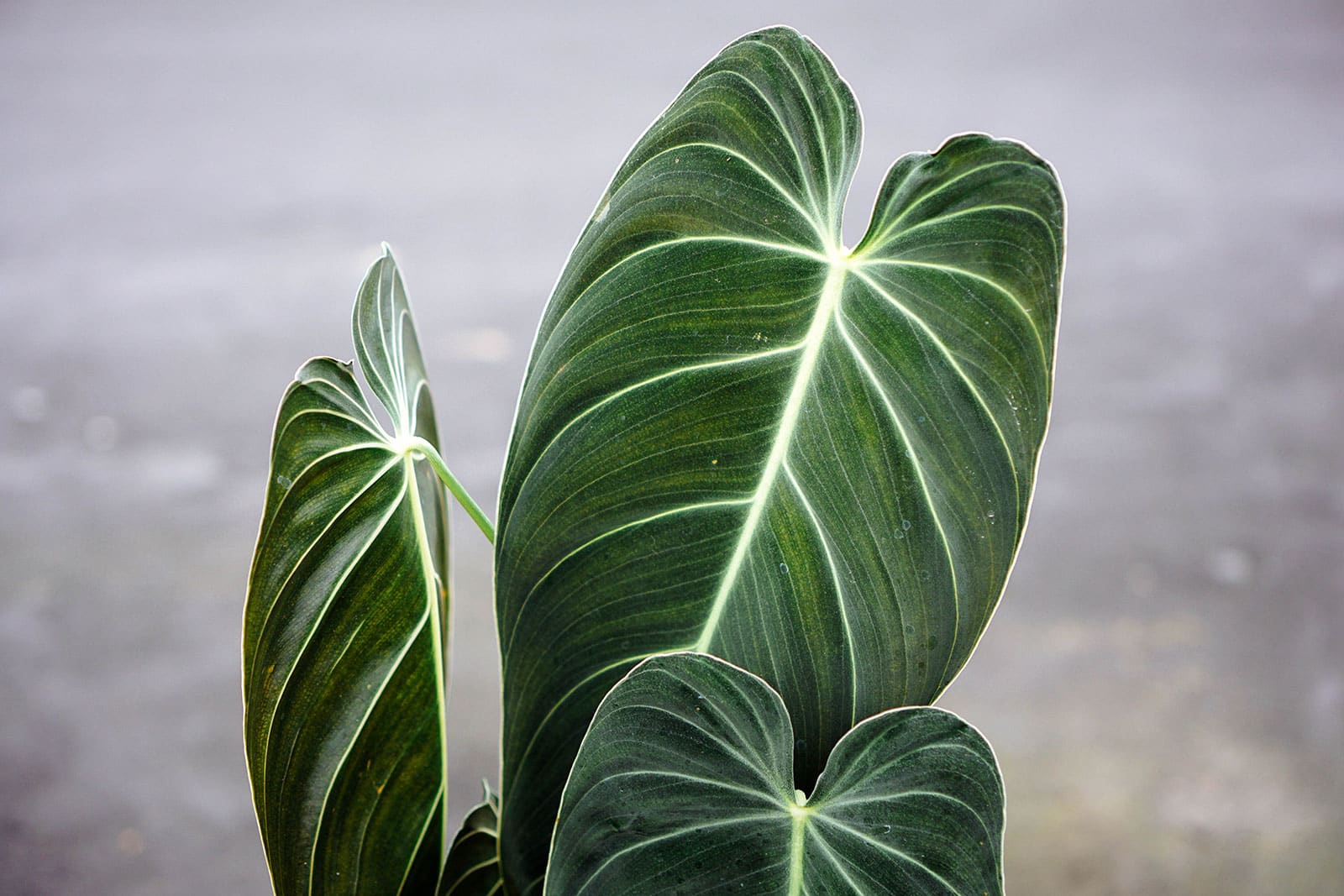
Common questions about Philodendron melanochrysum care
Is Philodendron melanochrysum toxic to cats and dogs?
Like other plants of the family Araceae, Philodendron melanochrysum is considered to be mildly toxic to pets and humans. This is due to the calcium oxalate crystals in its sap, which are microscopically sharp and can cause irritation in the mouth and throat.
If your pet has gotten into your Philodendron, offer plenty of water and keep an eye out for swelling.
How do I get my Philodendron melanochrysum to produce bigger leaves?
It’s mostly just a matter of patience! As long as you’re providing plenty of light and water, and your plant has a support to climb, it should produce larger and larger foliage as it matures.
Sources:
- https://www.wired.com/story/pink-princess-plantfluencers-pink-congo-scam/
- https://lessworkmoreadventure.com/pink-houseplant-scam/
- Klimko, M., Wawrzynska, M., & Wiland-Szymanska, J. (2014). Comparative leaf morphology and anatomy of some neotropical Philodendron Schott (Araceae) species. Steciana, 18(3).
- KliMKo, M., Wawrzynska, M., & Wiland-Szymanska, J. (2016). Calcium oxalate crystals in some Philodendron Schott (Araceae) species. Steciana, 20(3).


